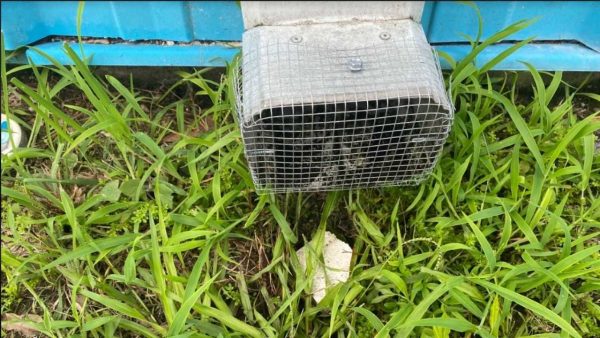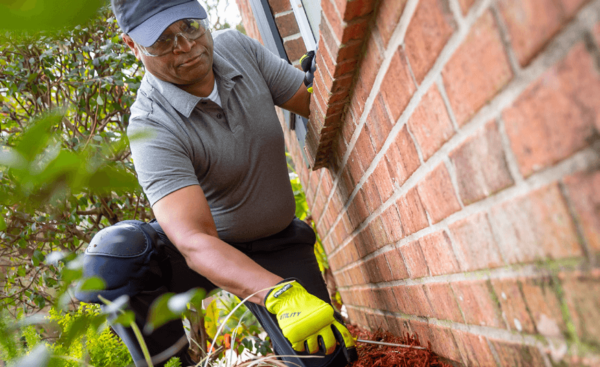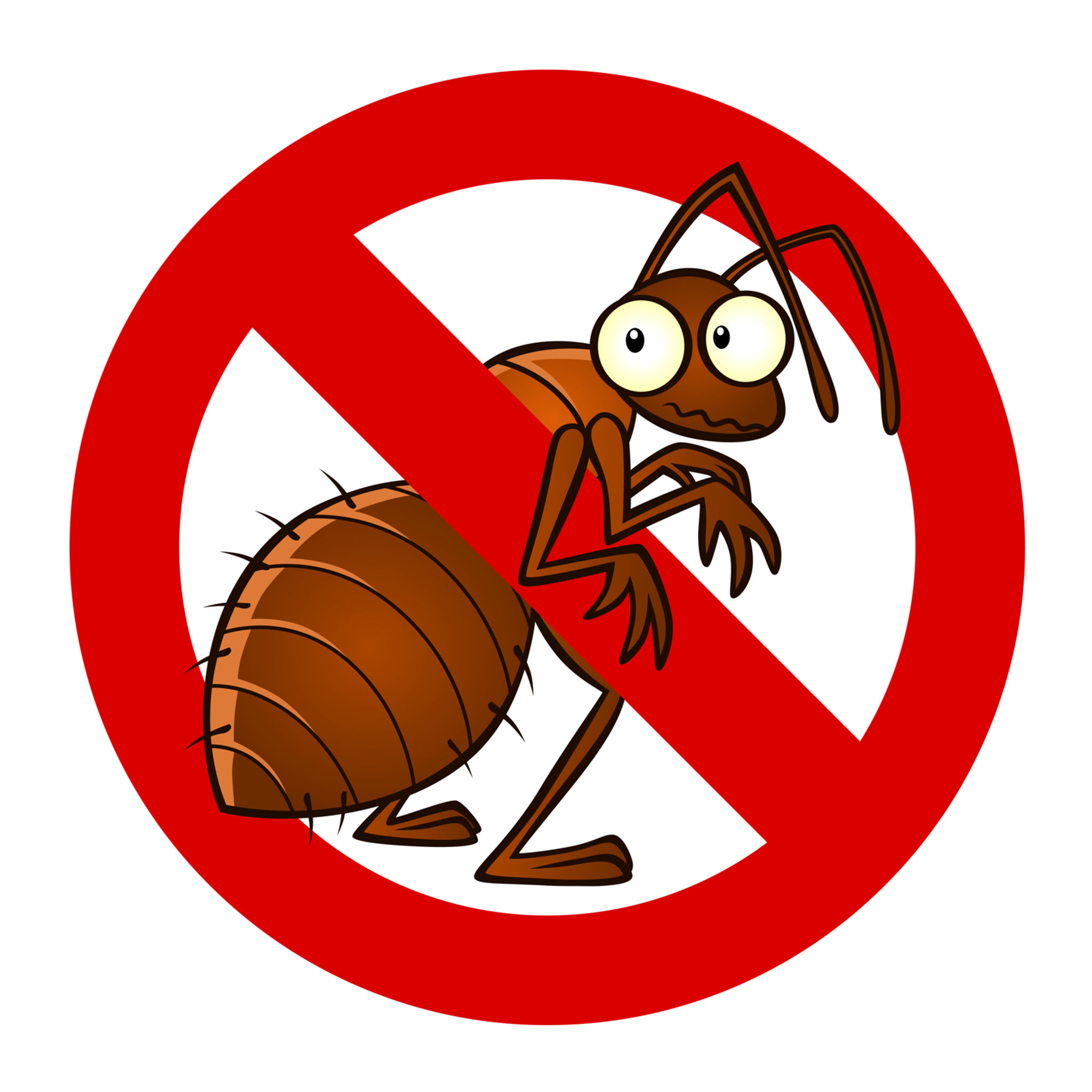Key Benefits of Termite Treatment Port Charlotte for Future Protection
Discover the most recent Breakthroughs in Insect Control and How to Implement Reliable Therapy Solutions
In recent years, the area of insect control has actually seen substantial improvements, driven by the demand for efficient and sustainable therapy solutions. Ingenious approaches such as Integrated Bug Management (IPM) integrate environment-friendly practices with advanced modern technology, improving both effectiveness and environmental duty.
Eco-Friendly Parasite Control Options
Recently, the demand for eco-friendly parasite control alternatives has surged as organizations and homeowners alike seek lasting alternatives to conventional chemical therapies. This change is driven by growing ecological recognition and a wish to reduce the wellness dangers linked with artificial pesticides.

Environmentally friendly pest control approaches include a variety of strategies that prioritize making use of natural materials and methods. Integrated Insect Monitoring (IPM) is one such strategy, integrating biological, social, and mechanical strategies to manage bug populations while reducing reliance on chemicals (Wildlife removal services). This holistic technique emphasizes avoidance with environment control and the intro of all-natural killers, thereby fostering a well balanced community
An additional popular option is the use of herb pesticides originated from plants, which tend to be less hazardous to non-target microorganisms. Products like neem oil and diatomaceous earth have gotten grip for their effectiveness in regulating insects while posturing minimal dangers to human health and wellness and the environment.
Furthermore, exemption techniques, such as sealing access points and keeping sanitation, play a vital role in eco-friendly bug management. By adopting these sustainable methods, businesses and individuals can successfully take care of parasites while promoting a healthier world for future generations.
Smart Modern Technology in Parasite Administration
Development is reshaping the landscape of insect management, with wise innovation becoming a pivotal force in boosting performance and efficiency - Wildlife removal services. The integration of Net of Things (IoT) tools, expert system (AI), and data analytics is reinventing just how insect control professionals come close to problems
Smart catches equipped with sensors can discover insect activity in real-time, sending out prompt informs to operators. This allows for timely feedbacks, lessening damage and reducing the demand for substantial treatments. Additionally, AI algorithms evaluate historical information to forecast pest actions, making it possible for positive interventions based on environmental conditions and problem patterns.
Drones and automated vehicles are also playing a considerable role in parasite monitoring, offering airborne evaluations of big locations, determining hotspots, and even dispersing targeted treatments. These modern technologies not only streamline procedures but additionally improve safety by restricting human direct exposure to potentially hazardous chemicals.
In addition, mobile applications equip consumers to keep an eye on insect task and gain access to expert recommendations, promoting a collective approach to pest monitoring. On the whole, the adoption of wise technology is setting a brand-new standard in bug control, highlighting data-driven choices and sustainable methods that inevitably benefit both specialists and property owners alike.
Integrated Bug Administration Strategies
Integrated Pest Monitoring (IPM) utilizes an all natural method to pest control, integrating various techniques to effectively handle bug populaces while minimizing risks to human health and the atmosphere. IPM revolves around recognizing the pest life process, their natural opponents, and the ecological community in which they flourish.
One of the fundamental parts of IPM is checking pest populaces via normal evaluations and information collection. This enables the recognition of bug thresholds, determining when intervention is needed. Cultural techniques, such as crop habitat, cleanliness, and rotation adjustment, are essential in reducing insect occurrence and promoting plant health and wellness.
Mechanical controls, consisting of barriers and catches, are additionally important in IPM. These techniques can physically eliminate or discourage insects without making use of chemicals. When needed, the judicious application of chemical controls is used, concentrating on targeted treatments that reduce environmental influence.
Education and learning and collaboration amongst stakeholders, consisting of farmers, bug control experts, and the community, are crucial for bug service the effective application of IPM techniques. By focusing on sustainable practices, IPM not only addresses pest concerns yet likewise promotes a healthier ecosystem.
Biological Control Techniques
Many biological control methods are increasingly recognized for their efficiency in taking care of pest populations while promoting eco-friendly equilibrium. These approaches harness all-natural predators, bloodsuckers, and virus to lower pest numbers without counting on synthetic chemicals. The introduction of ladybugs can successfully control aphid populations, while nematodes target soil-dwelling bug larvae.
In addition, the usage of microbial chemicals, such as Bacillus thuringiensis (Bt), provides an eco-friendly alternative for taking care of caterpillar parasites. These items specifically target pest types, decreasing harm to beneficial pests and pollinators. Preservation organic control stresses boosting environments for all-natural enemies, such as birds and valuable bugs, therefore encouraging their visibility in agricultural systems.
Research continues to expose innovative methods within this field, such as the use of pheromones to interrupt pest mating patterns or the advancement of biocontrol agents through genetic modification. Applying these approaches can lead to lasting bug management methods that mitigate the dependence visit homepage on chemical treatments, eventually promoting healthier ecological communities. As recognition of these strategies expands, they are becoming integral elements of integrated bug administration (IPM) approaches, offering an equilibrium between effective bug control and ecological stewardship.
DIY Insect Control Solutions
As property owners look for effective methods to deal with pest issues, do it yourself pest control options have gotten appeal for their ease of access and cost-effectiveness. These approaches equip individuals to attend to problems making use of easily available products and strategies, usually without the demand for expert intervention.

Furthermore, preserving proper sanitation and normal examinations can stop bug entry and nesting (Wildlife removal services). Straightforward methods, such as sealing splits, removing food resources, and decluttering, can significantly reduce bug populaces. Traps, both homemade and commercially readily available, can also supply efficient options for surveillance and managing details parasites like bugs or rodents

Verdict
The integration of green insect control alternatives, smart innovation, and innovative management techniques offers a detailed strategy to reliable insect management. By accepting Integrated Insect Monitoring (IPM) and using organic control techniques, alongside do it yourself services, lasting and accountable bug control can be achieved. These innovations not only boost the effectiveness of pest administration methods but additionally add to a much healthier atmosphere. Implementing these methods fosters a balanced ecological community while efficiently addressing pest populations.
Environment-friendly parasite control methods include a variety of approaches that focus on the use of natural materials and techniques. Integrated Parasite Management (IPM) is one such method, integrating organic, cultural, and mechanical methods to manage insect populations while lowering reliance on chemicals. As recognition of these methods expands, they are becoming essential elements of incorporated parasite administration (IPM) techniques, using an equilibrium in between efficient insect control and ecological stewardship.
The combination of green insect control alternatives, clever innovation, and innovative administration strategies provides a detailed strategy to reliable pest management. By welcoming Integrated Pest Monitoring (IPM) and using organic control methods, alongside DIY remedies, responsible and lasting pest control can be attained.